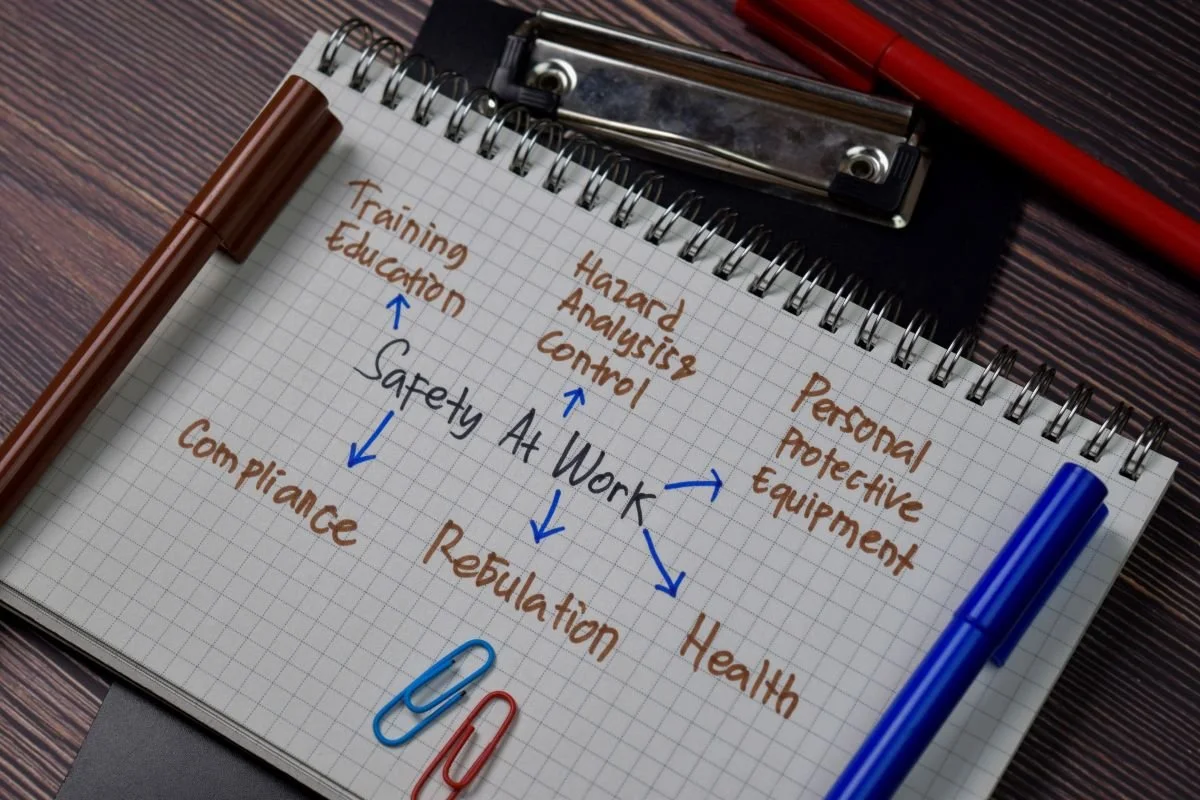The Importance of a Job Hazard Analysis in the Janitorial Industry
Author, Jeremy Hoolihan, Account Executive, Rancho Mesa Insurance Services, Inc.
The janitorial industry faces job hazards on a daily basis. The key to running a successful and safe business is identifying hazards within the workplace well before injuries or liabilities can occur. One way to keep track and address hazards in the workplace is by creating a Job Hazard Analysis (JHA). A JHA can be used to identify individual exposures to each specific jobsite and create a plan or solution to minimize these risks.
For the janitorial industry, there are several common exposures and solutions JHAs should be used to address.
Bloodborne Pathogens
While this exposure is more prevalent in a medical or healthcare setting, it is important to train employees on OSHA’s bloodborne pathogen standards. Whether an employee works within a healthcare setting or not, there is always the possibility that they will have to face a situation where blood is present. Proper education on how to address this exposure can help minimize and prevent the transmission of any infectious disease.
Chemical Hazards
Examples of chemical hazards janitors could face in the workplace include carbon monoxide poisoning, lead poisoning, asbestos, and mold to name a few. Identifying these hazards in advance and putting a plan in place to avoid these exposures will lead to fewer injuries.
Cleaning Chemicals
Within the JHA, identifying which chemicals are going to be used is critical to job safety. Training employees on the proper use of these chemicals can avoid mistakes made such as improper dilution, improper mixing of products causing a chemical reaction, and improper ventilation.
Slip & Falls
Slip and fall injuries are very common in the janitorial industry for both employees and the general public. A properly used JHA can help identify high hazard areas within the jobsite and put together a plan to help minimize and avoid future injuries. Examples of areas of concern include high traffic areas, areas with slippery surfaces, areas where water tends to settle (i.e., bathroom floors, kitchens, etc.), and entrances to buildings. Once these areas are identified, it’s critical to address the issue by using caution cones, cleaning during off hours when possible, using floor mats whenever possible, and regularly monitoring these areas if a clean-up is necessary.
Personal Protective Equipment
While surveying a jobsite to determine which cleaning products and equipment will be used, it’s also important to identify what type of personal protective equipment (PPE) will be needed. Examples include proper eye, face, and hand protection while using certain chemicals and equipment. A well-executed JHA can identify which PPE is appropriate for the jobsite. However, the key is making sure that the employees are all properly trained in the use of the PPE and that implementation is mandatory.
Equipment
A JHA can assist with identifying equipment appropriate for a jobsite. Once the equipment has been chosen, proper training is vital to ensure proper use and maintenance.
Janitor’s face a number of jobsite hazards throughout their work day which is cause for concern. By developing a job hazard analysis, employers can develop techniques and procedures for avoiding hazards and injuries.
If you would like to discuss the resources Rancho Mesa Insurance has in assisting with developing a JHA, please reach out to me at (619) 937-0174 or jhoolhan@ranchomesa.com.

